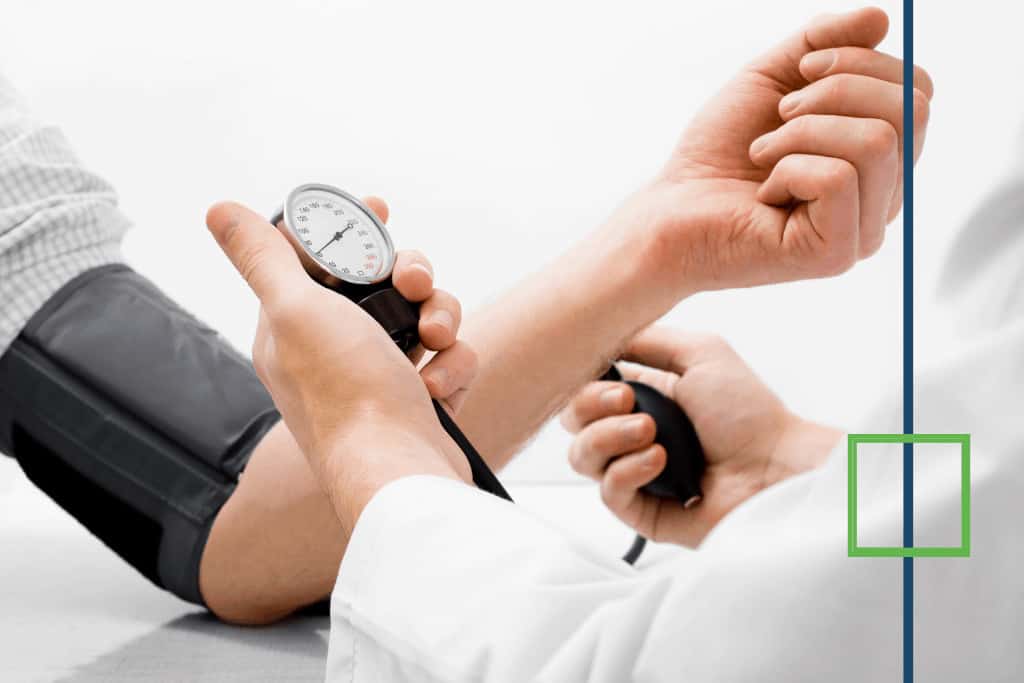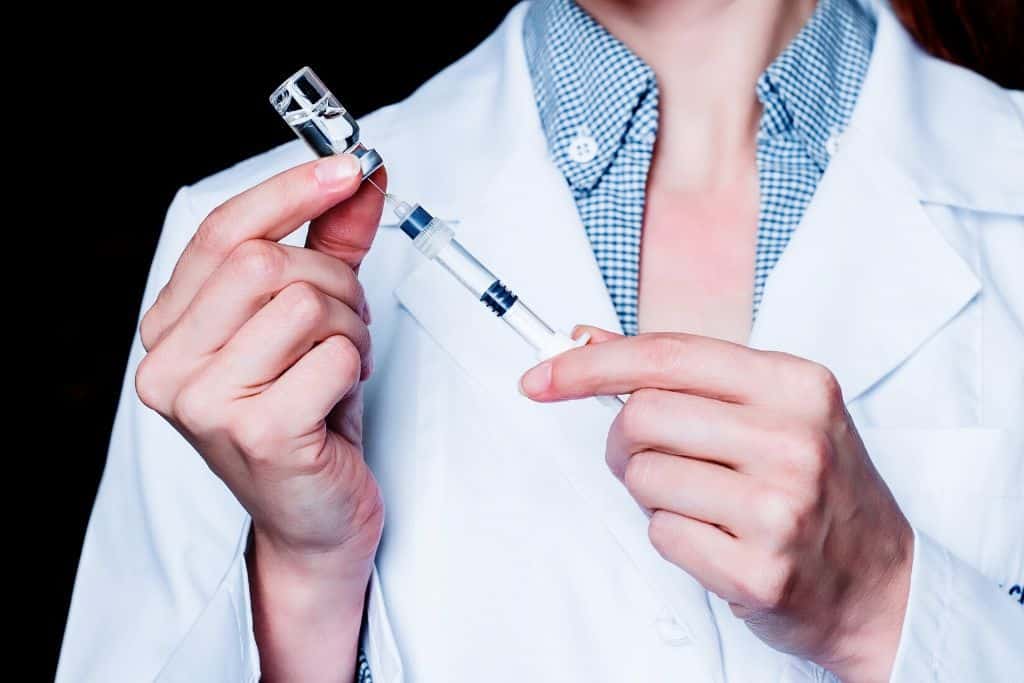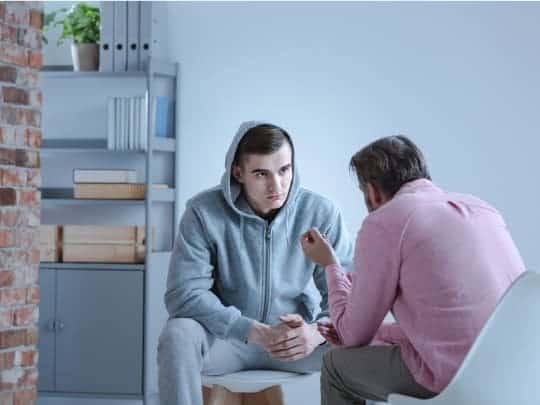What is GBL Drug Used For?
What is GBL drug? Gamma butyrolactone (GBL) is a chemical. People use it as medicine. Be careful not to confuse GBL with gamma-hydroxybutyrate (GHB) or butanediol. Both drugs GBL and GHB are two closely related drugs. Both are often used recreationally in club settings to achieve a euphoric, disinhibiting effect and by bodybuilders to promote growth hormone production. Because of GHB’s chemical similarity, GBL is a “prodrug” of GHB, meaning it is converted (metabolized) into GHB in the body, and its effects are identical.
GBL itself is pharmacologically inactive, but it is converted in the body by lactonases to GHB, the active agent. Because it is more lipophilic than GHB, GBL is absorbed more rapidly after oral administration and has a faster onset of action than GHB. Apart from that, the actions of the two drugs are identical. One ml high-purity GBL is about equivalent to 2.5 g GHB. GHB occurs naturally in the central nervous system (CNS) and is presumed to be a neurotransmitter.

There are GHB receptors in the CNS, but GHB also acts as an agonist at the gamma-aminobutyric acid B (GABAB) receptor. At low doses, it has a euphoric effect, promoting confidence and reducing inhibition. Higher doses produce sleep. Even at low doses, most users will also experience somnolence and confusion, and as the dose-response curve is steep, many regular users have experienced toxicity, with symptoms including nystagmus, aggression, urinary incontinence, and nausea.
Dependent users may experience a severe withdrawal reaction when the drug is stopped. The elimination half-life of GHB is about 20 minutes, and GHB intoxication has the unusual property that people can progress from deep coma to wakefulness over about 30 minutes. While a small proportion of GBL drug overdose cases require ventilation in the intensive care unit (ICU), the great majority present in a coma, and after a few hours, waken rapidly and are discharged. Dependent patients who present with an overdose may transition rapidly from intoxication to withdrawal.

Get Your Life Back
Find Hope & Recovery. Get Safe Comfortable Detox, Addiction Rehab & Dual Diagnosis High-Quality Care.
Hotline(844) 597-1011How Long Does GBL Stay in Your System?
GBL is classed as a sedative and a depressant. Once GBL enters your body, enzymes in the liver convert it into GHB. GHB affects users by slowing down the central nervous system in a similar way to alcohol use. GBL is two to three times as potent as GHB, and its effects are felt faster. This makes it a far greater risk for overdose than GHB, but both drugs can have serious downsides from overconsumption.
Although GHB is listed as a controlled substance in many countries, abuse still continues, owing to the availability of precursor drugs, γ-butyrolactone (GBL) and 1,4-butanediol (BD), which are not regulated. are used as alternative sources of GHB. Both drugs GBL and BD have cosmetic and industrial applications and are therefore not easy to classify as controlled substances.
These “prodrugs” are rapidly converted in-vivo into GHB with an absorption half-life of about 1 min. The pharmacological and behavioral effects of drugs GBL and BD stem from their rapid conversion into GHB and the latter drug is the main analytical target in forensic toxicology. Drugs GBL and GHB are common “date-rape” drugs, probably because they make people less inhibited and more likely to take risks and after high doses, they become drowsy and fall asleep. The victims of both drugs GBL and GBH intoxication tend to suffer from anterograde amnesia, making it difficult to recall events that precipitated the alleged sexual humiliation and abuse.
GBL Half-Life
As mentioned above, converting drugs GBL into GHB is redundant because the body will rapidly metabolize the GBL into GHB after ingestion. Once that happens, the effects and risks of both drugs GBL and GHB are identical. But because the onset of action of GBL is faster, its potency much greater, and the duration of action longer, GBL may have a greater potential for misuse than GHB.

To accurately determine how long GHB is likely to remain in your system after the person ingested GBL and metabolized into GHB, it is necessary to know its elimination half-life. GHB is understood to have an elimination half-life within the range of 20 to 60 minutes when taken orally; this is extremely short compared to most medications. By knowing its elimination half-life, we can estimate that it’ll take up to 1 hour (on average) for your body to eliminate 50% of an ingested GHB dose from blood circulation.
With this information, we can estimate that it’ll take (on average) between 1.83 and 5.5 hours to eliminate 100% of the GHB from systemic circulation. This means that GHB should be out of your system within a few hours post-ingestion. However, just because GHB is out of your system within just 5.5 hours (on average), does not mean that your neurochemistry will have normalized and/or readjusted back to pre-GHB homeostasis.
Get Help. Get Better. Get Your Life Back.
Searching for Accredited Drug and Alcohol Rehab Centers Near You?
Even if you have failed previously and relapsed, or are in the middle of a difficult crisis, we stand ready to support you. Our trusted behavioral health specialists will not give up on you. When you feel ready or just want someone to speak to about therapy alternatives to change your life call us. Even if we cannot assist you, we will lead you to wherever you can get support. There is no obligation. Call our hotline today.
(844) 597-1011Does GBL Show Up in a Drug Test?
GHB and GBL drug test is not included in the standard 5-panel drug test primarily used by employers. This 5-panel drug test includes opiates, cocaine, marijuana, amphetamine/methamphetamine, and PCP.
Another common drug test utilized is the 10-panel drug test with expanded opiates, which includes: AMP-Amphetamines (MAMP-Methamphetamine, MDMA-Ecstasy), COC-Cocaine, PCP-Phencyclidine, THC-Marijuana, BZO-Benzodiazepines, BAR-Benzodiazepines, MTD-Methadone, PPX-Propoxyphene, Meth-Methaqualone, OPI-Opiates (including heroin, codeine, and morphine) and expanded Opiates, which adds Hydrocodone, Hydromorphone, Oxycodone, and Oxymorphone.
The standard 10-panel drug test with expanded opiates does not provide for a GHB and GBL drug test. GBL drug tests should be performed by a professional laboratory with appropriate licensing and experience with both drugs GBL and GHB testing. Most standard drug tests do not test for the presence of GBL in your system, and few people test positive for GBL, even when they have used it. Nonetheless, urine, blood, saliva, and hair tests have been developed to test for drugs GBL as GHB.
In general, both drugs GBL and GHB are difficult to detect on drug tests because of the short detection windows and lack of accuracy of their showing up on each type of test. In addition, in situations of overdose, medical professionals are often unaware that GBL has been ingested and don’t even think to test for it, as the use of other drugs that were also consumed, such as alcohol, is usually more obvious.
First-class Facilities & Amenities
World-class High-Quality Addiction & Mental Health Rehabilitation Treatment
Rehab Centers TourRenowned Addiction Centers. Serene Private Facilities. Inpatient rehab programs vary.
Addiction Helpline(844) 597-1011Proven recovery success experience, backed by a Team w/ History of:
15+
Years of Unified Experience
100s
5-Star Reviews Across Our Centers
10K
Recovery Success Stories Across Our Network
- Low Patient to Therapist Ratio
- Onsite Medical Detox Center
- Comprehensive Dual-Diagnosis Treatment
- Complimentary Family & Alumni Programs
- Coaching, Recovery & Personal Development Events
GBL Urine Tests
GBL urine tests are noninvasive and relatively affordable ways to test for GHB use. The detection window is short, however, only being able to detect a small amount of metabolized GBL in urine up to 12 hours after last use.
GBL Blood Tests
GBL blood tests, while invasive, are the most common way to test for GBL use because they are highly accurate. GBL blood tests will only detect the metabolized GBL as GHB use for up to eight hours after last use.
GBL Saliva Tests
GBL Saliva tests are often used as a secondary test to confirm the accuracy of a GBL urine test. Inexpensive and noninvasive, GBL saliva tests are convenient ways to confirm GBL use for up to six hours after last use.
GBL Hair Test
GBL hair tests are less accurate than the other forms of drug testing for GBL, but they offer a much longer detection window of up to one month. GBL hir tests can be useful for testing victims of both drugs GBL and GHB-aided sexual assault who were unable to get one of the previous forms of drug tests conducted in time.
Laboratory technicians often want several strands of hair to test, and they can determine when a single dose of GBL was taken. While GBL can persist in hair, test results can be altered through:
- Coloring, bleaching, or otherwise subjecting hair to chemicals could shift the results.
- People who shave their heads before the hair test have no samples to give.
- Hair can pick up chemicals from the air, and that can show up in hair test results too.
- Some health issues change how quickly your hair grows, and that could alter results.

GBL Drug Addiction
GBL currently represents a growing public health issue since the substance is relatively cheaper and easier to obtain than GHB. Studies on rodents have shown that GBL has low acute toxicity and only central nervous system depression has been highlighted. GBL abuse potential broadly mimics that of GHB, taking into account that it exerts its effects only after conversion into GHB. GBL can be addictive, especially if the drug is used regularly for a period of weeks or months.
Even a couple of weeks of daily use can lead to dependence. Everyday use can result in a heightened tolerance to, and dependence on, the drug. When dependence begins, it tends to result in strong cravings, depressed moods, insomnia, and anxiety unless the user takes a dose every few hours. If you have taken GBL for more than seven days in a row, Do not attempt to stop by yourself.
It is crucial to remember that, once dependence on GBL is established, quitting “cold turkey” can lead to serious health risks and even death. Withdrawal should be a tapered process with medical supervision. Users are cautioned if they feel sweaty, shaky, or anxious when they stop using this substance. Other symptoms of withdrawal include confusion, insomnia, delirium, and hallucinations. The onset of withdrawal can begin 1-2 hours after the last dose and can progress rapidly. Withdrawal can last up to 12 days.
World-class, Accredited, 5-Star Reviewed, Effective Addiction & Mental Health Programs. Complete Behavioral Health Inpatient Rehab, Detox plus Co-occuring Disorders Therapy.
CALL(844) 597-1011End the Addiction Pain. End the Emotional Rollercoaster. Get Your Life Back. Start Drug, Alcohol & Dual Diagnosis Mental Health Treatment Now. Get Free No-obligation Guidance by Substance Abuse Specialists Who Understand Addiction & Mental Health Recovery & Know How to Help.
GBL Drug Addiction Treatment
Now we learned what is GBL drug, is, and how GBL drug is converted (metabolized) into GHB in the body. It is important to ask “How long does GHB stay in your system?” and understand how the GBL drug test works. Since many individuals who experience symptoms of GHB overdose are abusing the drug or other substances, it is recommended that recovering users seek help at an addiction treatment program. A wide variety of options are available to help the person stop using drugs or alcohol and avoid serious side effects from substance abuse. Many GBL users respond well to residential rehab programs.
If you are experiencing withdrawal GHB, it’s crucial to first get an accurate assessment of all the symptoms. When the symptoms have been evaluated by a mental health professional, it may be determined that another form of mental condition is present and needs a particular type of treatment. Very often, some combination of psychotherapy, medication, and/or lifestyle changes are effective for coping with functional.
Medically-Assisted Detox
Medical detox is often considered the first stage of treatment. It will help you navigate the complicated process of GHB withdrawal, but it doesn’t address patterns of thought and behavior that contribute to drug use. Various treatment approaches and settings can help provide the ongoing support necessary to maintain long-term sobriety after you complete detox.
Cravings are very common during detox and can be challenging to overcome. This often leads to relapse. Constant medical care provided during inpatient drug rehab helps prevent relapse. Clinicians can provide necessary medication and medical expertise to lessen cravings and the effects of GHB withdrawals.
Psychotherapy
Several different modalities of psychotherapy have been used in the treatment of mental health disorders along with addiction, including:
- Cognitive Behavioral Therapy (CBT) – is an effective treatment that involves making changes in both the patterns of negative thoughts and the behavioral routines which are affecting the daily life of the depressed person for various forms of depression.
- Dialectical Behavioral Therapy – is a comprehensive mental health and substance abuse treatment program whose ultimate goal is to aid patients in their efforts to build a life worth living. The main goal of DBT is to help a person develop what is referred to as a “clear mind.”
- Person-Centered Therapy – is a strategy that allows and encourages clients to understand and resolve their concerns in a safe, supportive environment.
- Solution Focused Therapy – is an approach interested in solutions that can be quickly implemented with a simple first step leading to further positive consequences.
Dual Diagnosis Treatment
Drug abuse and mental health disorders often co-occur. In many cases, traumatic experiences can result in a mental health disorder and substance abuse. Dual diagnosis rehabilitation treats both of these issues together. The best approach for the treatment of dual diagnosis is an integrated system. In this strategy, both the substance abuse problem and the mental disorder are treated simultaneously. Regardless of which diagnosis (mental health or substance abuse problem) came first, long-term recovery will depend largely on the treatment for both disorders done by the same team or provider.
Medication-Assisted Treatments
Medication-Assisted Treatments (MAT) for substance use disorders and mental health disorders are commonly used in conjunction with one another. This includes the use of medications and other medical procedures. During your rehab, the staff from your treatment facility will help you identify what caused your addiction and teach you skills that will help you change your behavior patterns and challenge the negative thoughts that led to your addiction. Sometimes, the pressures and problems in your life lead you to rely on substances to help you forget about them momentarily.
If you or a loved one are struggling with long-term drug abuse and a co-occurring mental health condition such as depression, contact one of our helpful treatment specialists today. We Level Up can provide information on dual diagnosis and detox programs that may fit your specific needs.

Experience Transformative Recovery at We Level Up Treatment Centers.
See our authentic success stories. Get inspired. Get the help you deserve.
Start a New Life
Begin with a free call to an addiction & behavioral health treatment advisor. Learn more about our dual-diagnosis programs. The We Level Up Treatment Center Network delivers recovery programs that vary by each treatment facility. Call to learn more.
- Personalized Care
- Caring Accountable Staff
- World-class Amenities
- Licensed & Accredited
- Renowned w/ 100s 5-Star Reviews
We’ll Call You


